The erg is a unit of energy equal to 10−7 joules. It originated in the centimetre–gram–second (CGS) system of units. It has the symbol erg. The erg is not an SI unit. Its name is derived from ergon (ἔργον), a Greek word meaning 'work' or 'task'.

William Morris Davis was an American geographer, geologist, geomorphologist, and meteorologist, often called the "father of American geography".

The Challenger expedition of 1872–1876 was a scientific program that made many discoveries to lay the foundation of oceanography. The expedition was named after the naval vessel that undertook the trip, HMS Challenger.

The flag of Nicaragua was first adopted on September 4, 1908, but not made official until August 27, 1971. It is based and inspired on the flag of the Federal Republic of Central America and flag of Argentina.

Sir George Howard Darwin, was an English barrister and astronomer, the second son and fifth child of Charles Darwin and Emma Darwin.
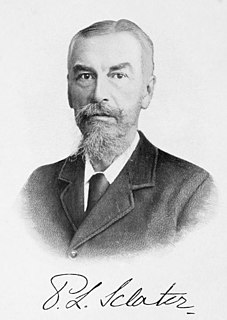
Philip Lutley Sclater was an English lawyer and zoologist. In zoology, he was an expert ornithologist, and identified the main zoogeographic regions of the world. He was Secretary of the Zoological Society of London for 42 years, from 1860–1902.
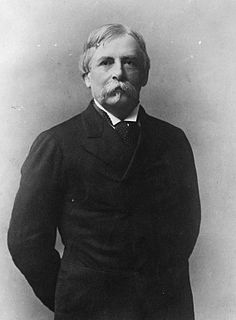
William Crowninshield Endicott was an American politician and Secretary of War in the first administration of President Grover Cleveland (1885–1889).

William Healey Dall was an American naturalist, a prominent malacologist, and one of the earliest scientific explorers of interior Alaska. He described many mollusks of the Pacific Northwest of America, and was for many years America's preeminent authority on living and fossil mollusks.

Chromotherapy, sometimes called color therapy, colorology or cromatherapy, is an alternative medicine method that is considered pseudoscience and quackery. Chromotherapists claim to be able to use light in the form of color to balance "energy" lacking from a person's body, whether it be on physical, emotional, spiritual, or mental levels. For example, they thought that shining a colored light on a person would cure constipation.
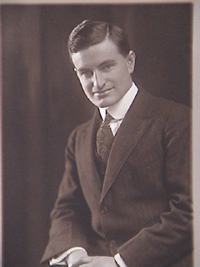
Farrington Daniels was an American physical chemist who is considered one of the pioneers of the modern direct use of solar energy.
In philosophy, theophysics is an approach to cosmology that attempts to reconcile physical cosmology and religious cosmology. It is related to physicotheology, the difference between them being that the aim of physicotheology is to derive theology from physics, whereas that of theophysics is to unify physics and theology.

John (Johann) Bernhard Stallo was a German-American academic, jurist, philosopher, and ambassador.

The Daily Graphic: An Illustrated Evening Newspaper was the first American newspaper with daily illustrations. It was founded in New York City in 1873 by Canadian engravers George-Édouard Desbarats and William Leggo, and began publication in March of that year. It continued publication until September 23, 1889.
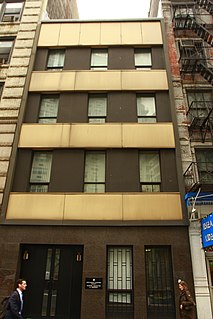
The Shevchenko Scientific Society is a Ukrainian scientific society devoted to the promotion of scholarly research and publication that was founded in 1873.

The Youth's Companion (1827–1929), known in later years as simply The Companion—For All the Family, was an American children's magazine that existed for over one hundred years until it finally merged with The American Boy in 1929. The Companion was published in Boston, Massachusetts by Perry Mason & Co., later renamed "Perry Mason Company" after the founder died. The revised name first appears on the August 9, 1900 issue. From 1892 to 1915 it was based in the Youth's Companion Building, which is now on the National Register of Historic Places.
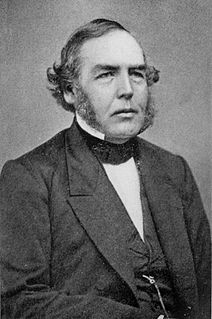
William Augustus Norton was an civil engineer and educator. He was the president of Delaware College and later a founding faculty member of the Sheffield Scientific School at Yale University
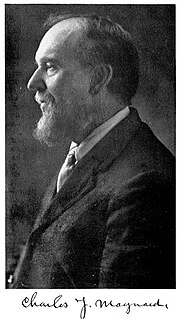
Charles Johnson Maynard was an American naturalist and ornithologist born in Newton, Massachusetts. He was a collector, a taxidermist, and an expert on the vocal organs of birds. In addition to birds, he also studied mollusks, moss, gravestones and insects. He lived in the house at 459 Crafts Street in Newton, Massachusetts, built in 1897 and included in the National Register of Historic Places in 1996 as the Charles Maynard House. The Charles Johnson Maynard Award is given out by the Newton Conservators, Inc.
The Scientific Lazzaroni is a self-mocking name adopted by Alexander Dallas Bache and his group of scientists who flourished before and up to the American Civil War. These scientists then gained greater support and laid the foundation for the National Academy of Sciences. However, the National Academy did not solve the problems facing a nation plunged in Civil War – as the Lazzaroni had hoped, nor did it centralize American scientific efforts.

Elias Durand, born Élie Magloire Durand, was an American pharmacist and botanist. He was born in France.
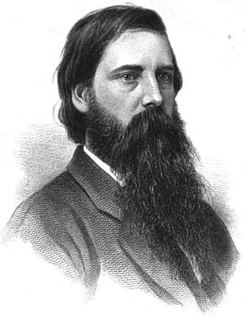
Lee & Shepard (1862-1905) was a publishing and bookselling firm in Boston, Massachusetts, in the 19th century, established by William Lee (1826–1906) and Charles Augustus Billings Shepard (1829–1889) Authors published by the firm included: George Melville Baker; Sophie May; Henry Morgan; Oliver Optic; William Carey Richards; Francis Henry Underwood; Madeline Leslie and Levina Buoncuore Urbino. The business conducted its operations from offices at 149 Washington St. (ca.1872); the corner of Franklin and Hawley St. (1873–1885); and "adjoining the Old South," no.10 Milk St. (ca.1885).
















